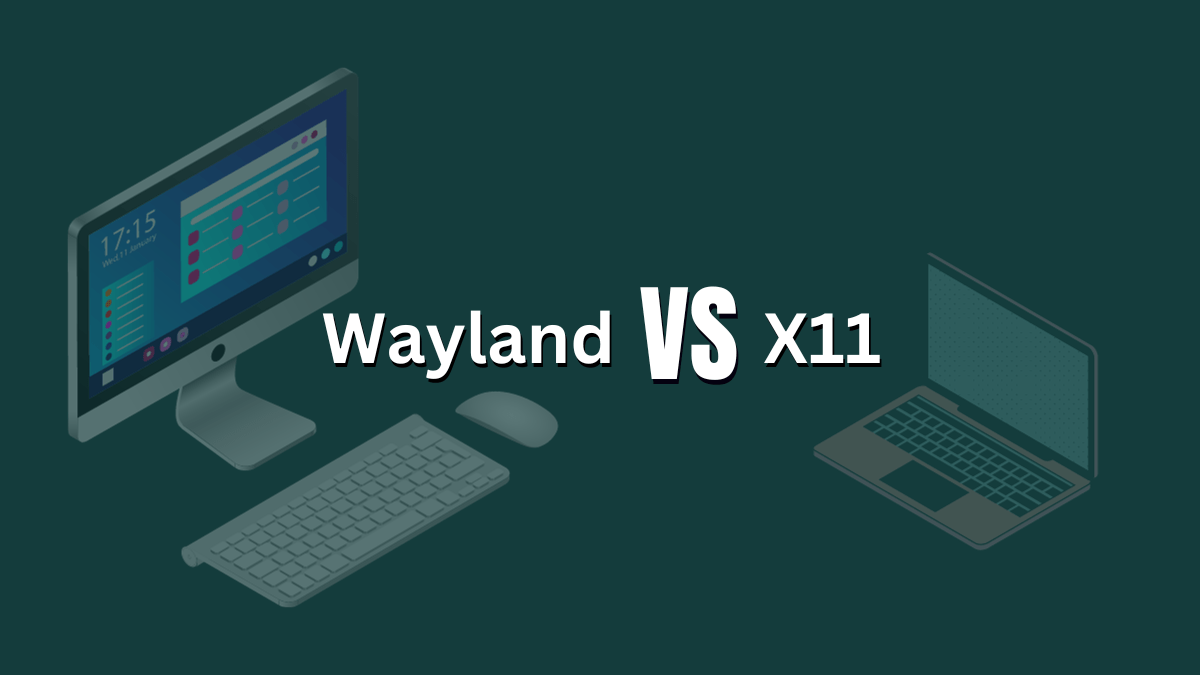In the ever-evolving landscape of Linux display servers, Wayland has emerged as a promising successor to the veteran X11, which is always on x.org or X Window System Protocol. The debate surrounding Wayland versus X11 often sparks discussions among tech enthusiasts, developers, and users. Understanding the nuances and advantages of Wayland over X11 sheds light on its superiority in various aspects.
Why Is Wayland Better Than X11?
X11 has been the predominant display server protocol since its inception in 1987. It has served as the foundation for graphical user interfaces (GUIs) in Unix-like operating systems for decades.
While robust and versatile, X11 carries some inherent limitations due to its age, including security vulnerabilities, complex codebase, and performance bottlenecks.

Wayland, introduced as a modern alternative, aims to address the shortcomings of X11.
Developed by a collaborative effort led by Kristian Høgsberg, Wayland provides a more streamlined and efficient protocol for rendering graphical output.
Advantages of Wayland Over X11.
- Performance: Wayland boasts improved performance compared to X11. It offers better utilization of hardware resources, reducing latency and providing smoother rendering. With Wayland’s design focusing on modern graphics hardware, it optimizes resource allocation and minimizes unnecessary overhead.
- Simplified architecture: Unlike X11, which encompasses a vast array of functionalities (many of which are no longer relevant), Wayland adopts a simpler architecture. It allows applications to directly communicate with the display server, eliminating unnecessary layers and improving efficiency.
- Enhanced security: Security has been a significant concern with X11 due to its design that allowed applications to snoop on each other’s input and output. Wayland implements a more stringent security model, ensuring better isolation between applications and preventing unauthorized access to sensitive information.
- Better support for modern graphics: Wayland was built with modern hardware and graphics technologies in mind. Its design aligns more closely with the capabilities of modern GPUs, enabling better utilization of features like buffer management and composition.
- Improved responsiveness: Wayland offers a more responsive desktop environment by reducing input latency. This results in smoother and more immediate responses to user interactions, enhancing the overall user experience.
Challenges and Adoption.
While Wayland presents compelling advantages, its widespread adoption has faced challenges.
Compatibility issues with legacy applications designed for X11, driver support, and differing standards across Linux distributions have slowed down its universal acceptance. However, continuous ongoing development efforts, community support, and increasing compatibility layers like XWayland aim to bridge this gap.
Conclusion.
Wayland’s architectural improvements, focus on performance, enhanced security, and compatibility with modern graphics technologies position it as a forward-looking display server. Although adoption hurdles persist, its advantages over X11 make it a promising foundation for the future of graphical computing environments.
As Wayland continues to evolve, addressing compatibility concerns and gaining wider support, it stands poised to eventually supersede X11, offering users a more efficient and secure display server experience.
Leave a Reply